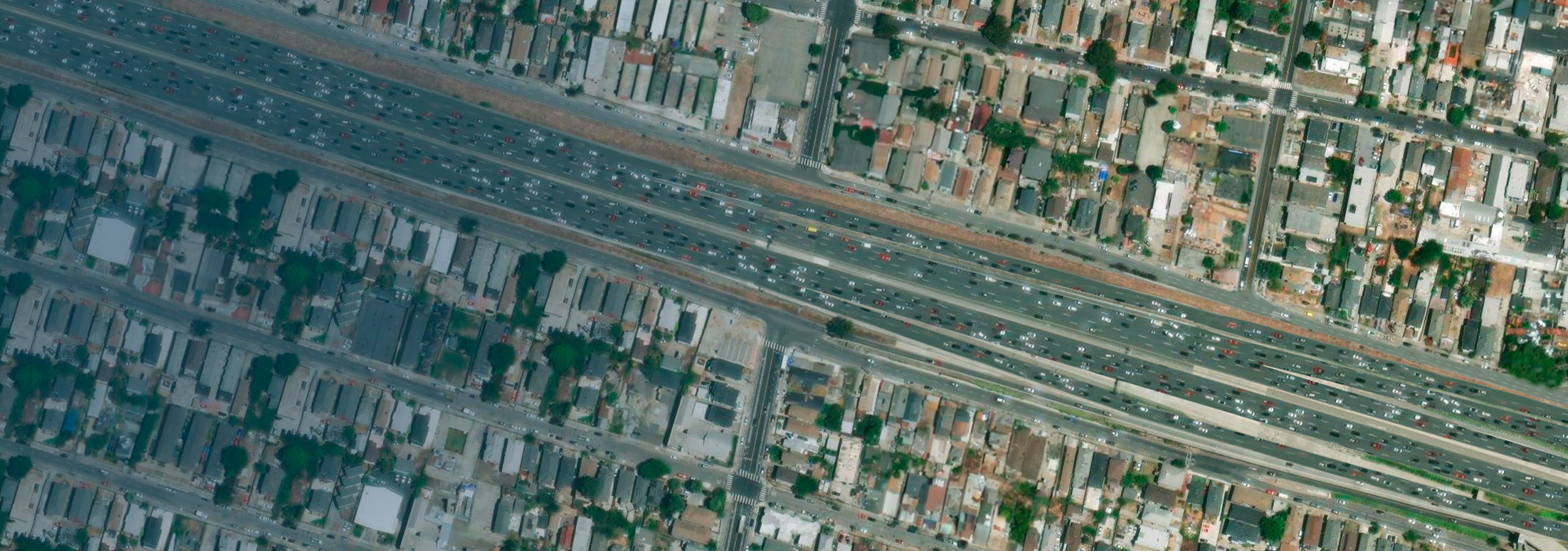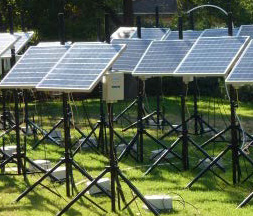Health and Environmental Justice
Sonoma Technology scientists work with epidemiologists and biostatisticians to refine the exposure assessments used in air pollution health effects research. Our study design services provide clients with plans and technical rationale for the collection of data most important for achieving study objectives.






